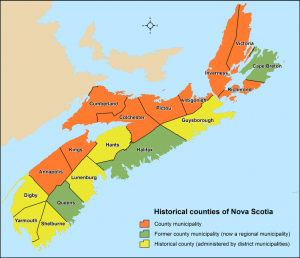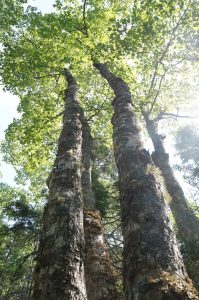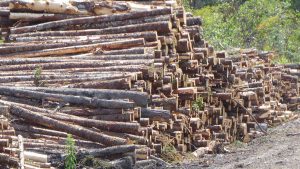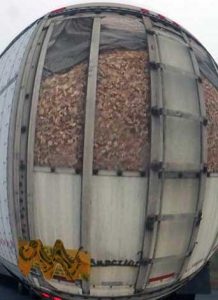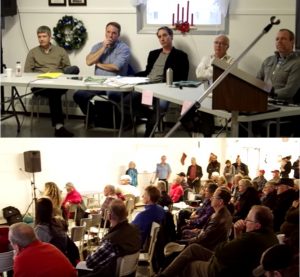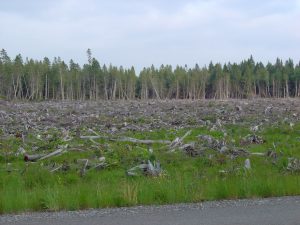The Minister’s analogy of sustainable forestry to sustainable production of crops in a garden overlooks the now well established principle that “sustainability” needs to embrace much more than just the annual allowable cut.
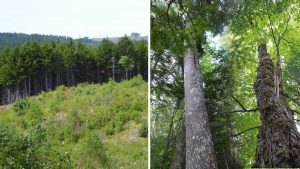
Two approaches to forestry in Nova Scotia. One produces high value wood as well as sequestering carbon, providing habitat for wildlife and peace of mind to visitors. Unfortunately, it is the exception, not the rule, for forestry on Crown land in Nova Scotia.
Something is definitely brewing as NSDNR Minister Lloyd Hines
continues his rounds of Nova Scotia talking up ways to make more economic use of our forests. NGnews reports on the Minister’s presentation to the Pictou County Chamber of Commerce in New Glascow on Mar 2, 2017, noting that Hines views the five million acres of Crown-owned land in the province as a giant garden about which he says “Like any garden you have to look after it.” The NGnews report continues: “The difference, though, between a vegetable garden and the massive forest the DNR manages is that harvesting isn’t something that’s looked at over a period of a few months but rather on a 40- to 100-year cycle, he said.”
View NGnews.
Continue reading →

